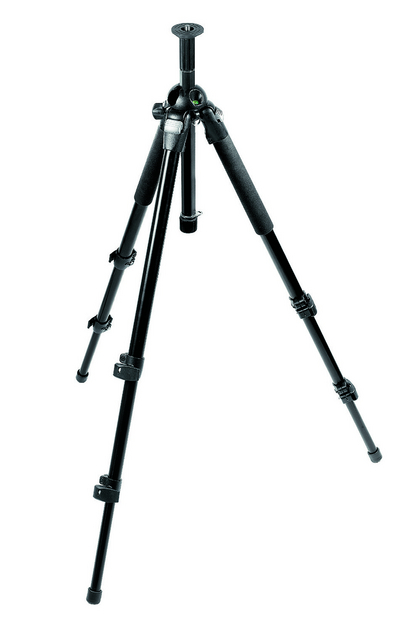Sorry for the lack of a post yesterday folks – for those of you that Twitter and have me on follow, you’ll know that we had our cars taken out from under our noses (literally while we slept) early Tuesday morning. By the time I woke up and got dressed for work (at 6) they were gone…
Suffice to say, the wind has kind of been taken out of my sails here, and after an entire day of dealing with police reports, insurance claims, DNA testing (yes, they took DNA from us), finger printing, and pretty much feeling like our private living space was totally disrespected and violated, I didn’t have much of a mood to put anything together for Wednesday. With another weekend looming large and trying to resurrect some excitement for Tracy’s pending birthday, I am afraid today’s post will be no picnic either, as this is more of a lecture on security. To make it photo-related, let’s look at it form an inventory perspective.
Say you were the victim of a crime – all your photo gear was taken from you. Could you produce the records needed to replace everything? With cars it’s easy, as insurance is in place, titles are held, and banks have documents as well that you can fall back on – but what about other items? It took some digging through the Mac, but I was able to find the serial number for my iPod. Do you know your serial numbers? What about that expensive zoom lens? What about your SLR serial number? When was it purchased? What was the purchase price? What about the computers? Software licenses? Think about it – you’ve invested some serious money into this, whether it’s a hobby or a profession. Do you have the records to produce in that worse case scenario? If not, take my experience with the cars and apply it to your gear – write info down! Update your inventories, and keep records of everything! Finally, don’t tempt fate – lock things up. Get a lock box or some kind of safe – and don’t leave things out in the open – it’s just an invitation waiting to be seen and responded to, so take precautions now to avoid lots of heartache and headaches later. Here’s a sample spreadsheet to get you started:
Inventory Spreadsheet (right-click, and select download or Save as and the file name is “inventory.xls”)
That’s it for today folks – so, sorry for the “downer” of a post, but felt there was something there that could be learned by all of us – so enough of the doldrums now – forget the past and move into the future with positivity – so get out shooting, and be careful out there! (Hello Hill Street Blues! 🙂 ) We’ll see you back here tomorrow, and hopefully the podcast that I’ve been meaning to finish will go up early next week. Until then, keep on shootin’ (photos)!












